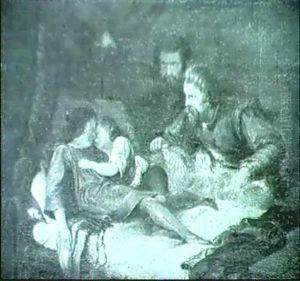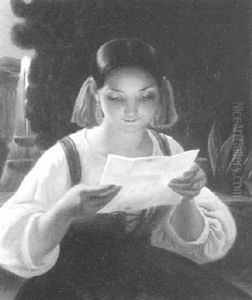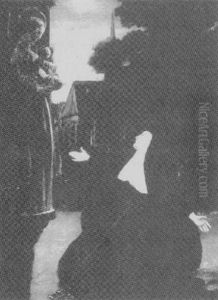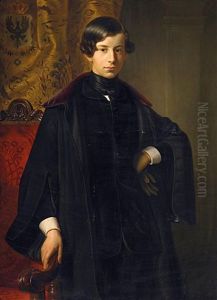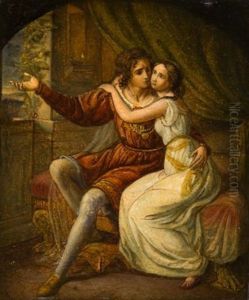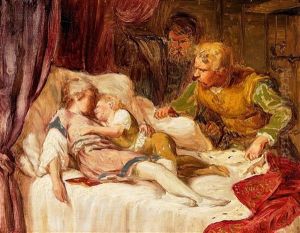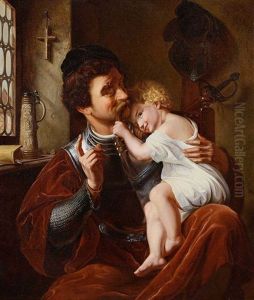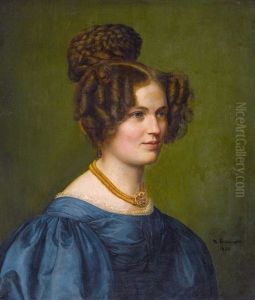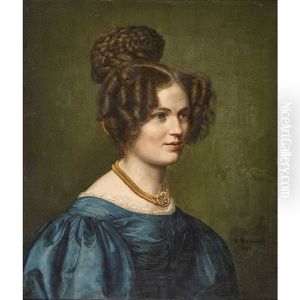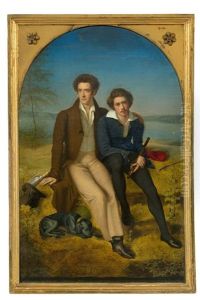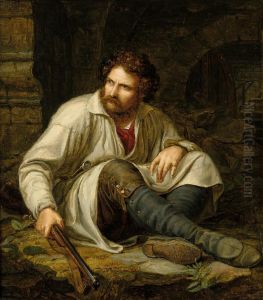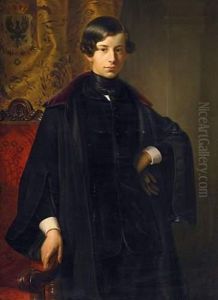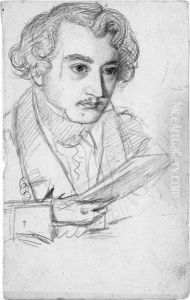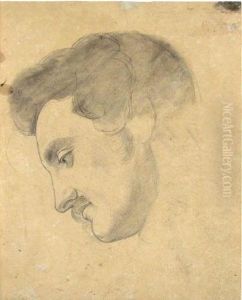Ferdinand Theodor Hildebrandt Paintings
Ferdinand Theodor Hildebrandt was a German painter born on September 2, 1804, in Stettin, then in Prussia (now Szczecin, Poland). He is associated with the Düsseldorf school of painting, which was a group of painters who taught or studied at the Düsseldorf Academy in the 19th century. The school was known for its emphasis on detail, color, and precision, and it became an important hub for artists in Germany and beyond.
Hildebrandt first studied law at the University of Greifswald before fully dedicating himself to art. He moved to Düsseldorf in 1825, where he became a student of the famous painter Friedrich Wilhelm Schadow, the director of the Düsseldorf Academy of Arts. Hildebrandt became known for his historical paintings and portraits, which were characterized by their vivid detail and emotional depth.
Throughout his career, Hildebrandt produced a significant number of works, many of which were inspired by literature, mythology, and history. He was particularly adept at capturing the human figure and was known for his skillful portrayal of fabric and texture in his depictions of historical costumes.
Hildebrandt's works were exhibited in various cities across Germany and received considerable praise for their technical proficiency and narrative quality. His paintings often featured dramatic scenes and characters from the past, which he rendered with an almost theatrical sense of composition and lighting.
Despite his success, Hildebrandt's name is not as widely recognized today as some of his contemporaries. Nevertheless, his contributions to the Düsseldorf school and his influence on the German Romantic movement remain significant. Ferdinand Theodor Hildebrandt died on November 29, 1874, in Düsseldorf, leaving behind a legacy of historical paintings that continue to be appreciated for their craftsmanship and artistic value.


